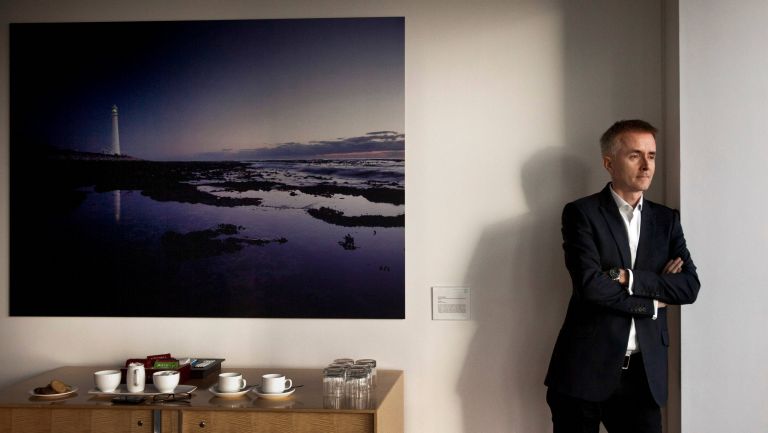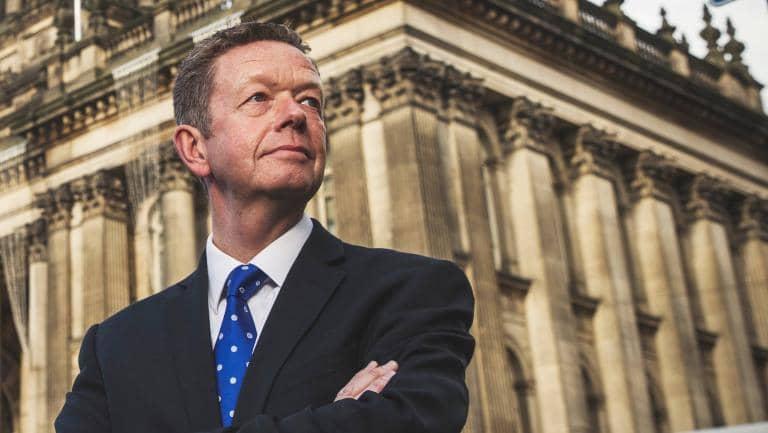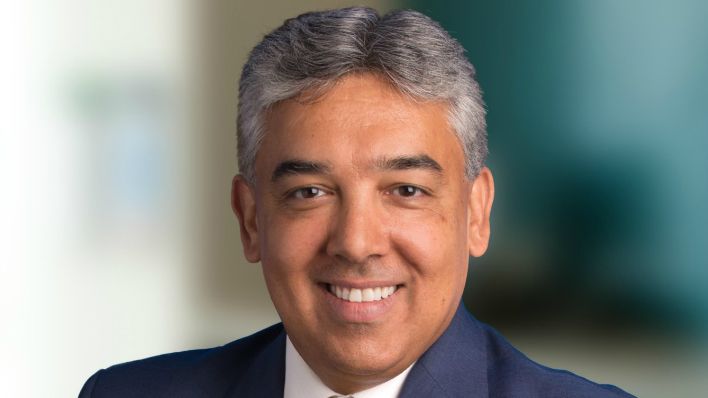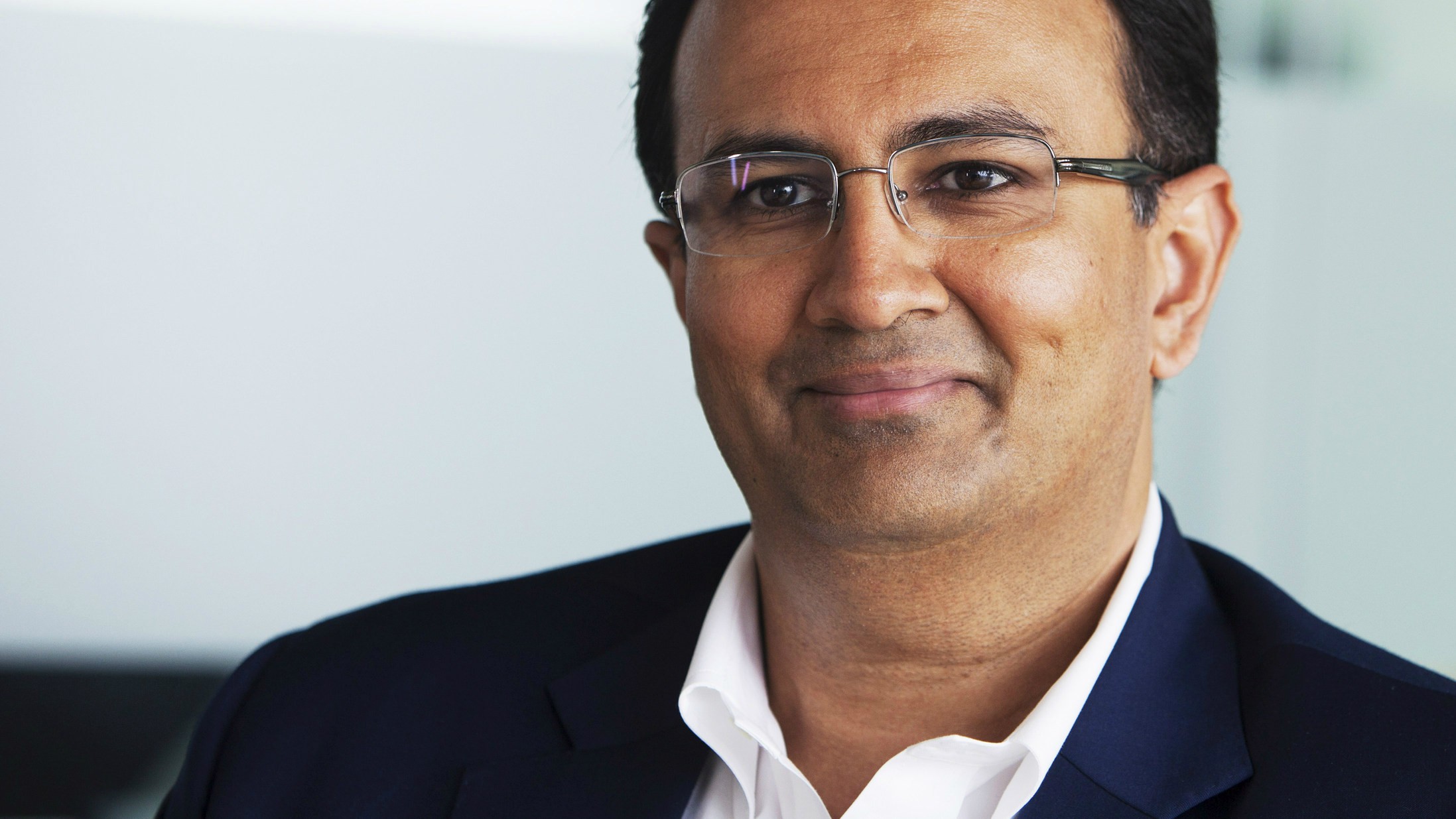
Insights: Jonathan Smart
As Head of Ways of Working at Barclays, Jonathan Smart finds ways to help the bank achieve “better, faster, safer, happier” outcomes

As Head of Omnichannel and Customer Experience at Barclays, Raheel Ahmed heads a team that deals with two billion ‘customer interactions’ every year – so he’s better placed than most when it comes to understanding what people need from their bank. In his view, it’s about being relevant, personalised, and “available whenever (and wherever) your customers want you”.
Omnichannel and Customer Experience is a very exciting part of the bank – effectively covering all the ways the client will interface with us. It could be walking into a branch, it could be calling us, it could be having a webchat, it could be doing it through social media or Facebook messenger – all the way to mobile banking or online banking. There is an amazing array of media through which the clients communicate with us. Some of them are self-serve, and some of them are face to face. We have 20,000 plus colleagues in Omnichannel and Customer Experience and we get almost two billion customer interactions a year through those channels.
Staying one step ahead
The biggest challenge is in keeping one step ahead of rapidly changing customer expectations, which are being shaped by technology and may be being shaped by companies outside financial industries – like Google and Uber and Amazon.
We also have to be very mindful that while we have some people who want to be completely digital, we serve the whole community across the UK and you have to serve people and communities who are not comfortable with that. So it’s about being relevant, it’s about being personalised, and it’s about being available whenever your customers want you.
We get a lot of customers saying: “You should know me better, because I have been banking with you for the past 30 years. So when you speak with me or when you send me an email or I’m on your mobile bank, I want you to personalise that conversation with me.” So, using data and insight and the information we have and bringing it to life at an individual level is the key opportunity for us.
Exponential change
What banking will be in five years is anybody’s guess, because technology is exploding exponentially. Somebody very wisely said that the pace of change that we’ve seen this year is most probably the slowest pace of change we’ll see in the next decade – so that’s why it’s anybody’s guess.
But my sense is that one of the biggest changes that could happen is seeing people aggregating their relationships with one company that they trust, and Barclays has a great opportunity to be that aggregator. The second thing that is likely to happen is that people will want to do their banking within their own lives without having to come to us, so they would expect financial services to be where they are. If you are looking for a holiday and you want a loan, you would expect the bank to be in the holiday search process and you would be able to click a button and complete things. If you were buying a car, you would expect your financing to be done wherever you were buying the car.
I think, from the client interface perspective, we will have to be where the customer is, as opposed to the customer coming to where we are.

As Head of Ways of Working at Barclays, Jonathan Smart finds ways to help the bank achieve “better, faster, safer, happier” outcomes

Dambisa Moyo is a Zambian-born economist and author who has been a Non-Executive Director with Barclays since 2010

Barnsley-born Tony Walsh runs the corporate team across the north of England for Barclays

Barclays Global Head of Trade and Working Capital, Baihas Baghdadi understands the importance of exports in driving UK economic and business growth
